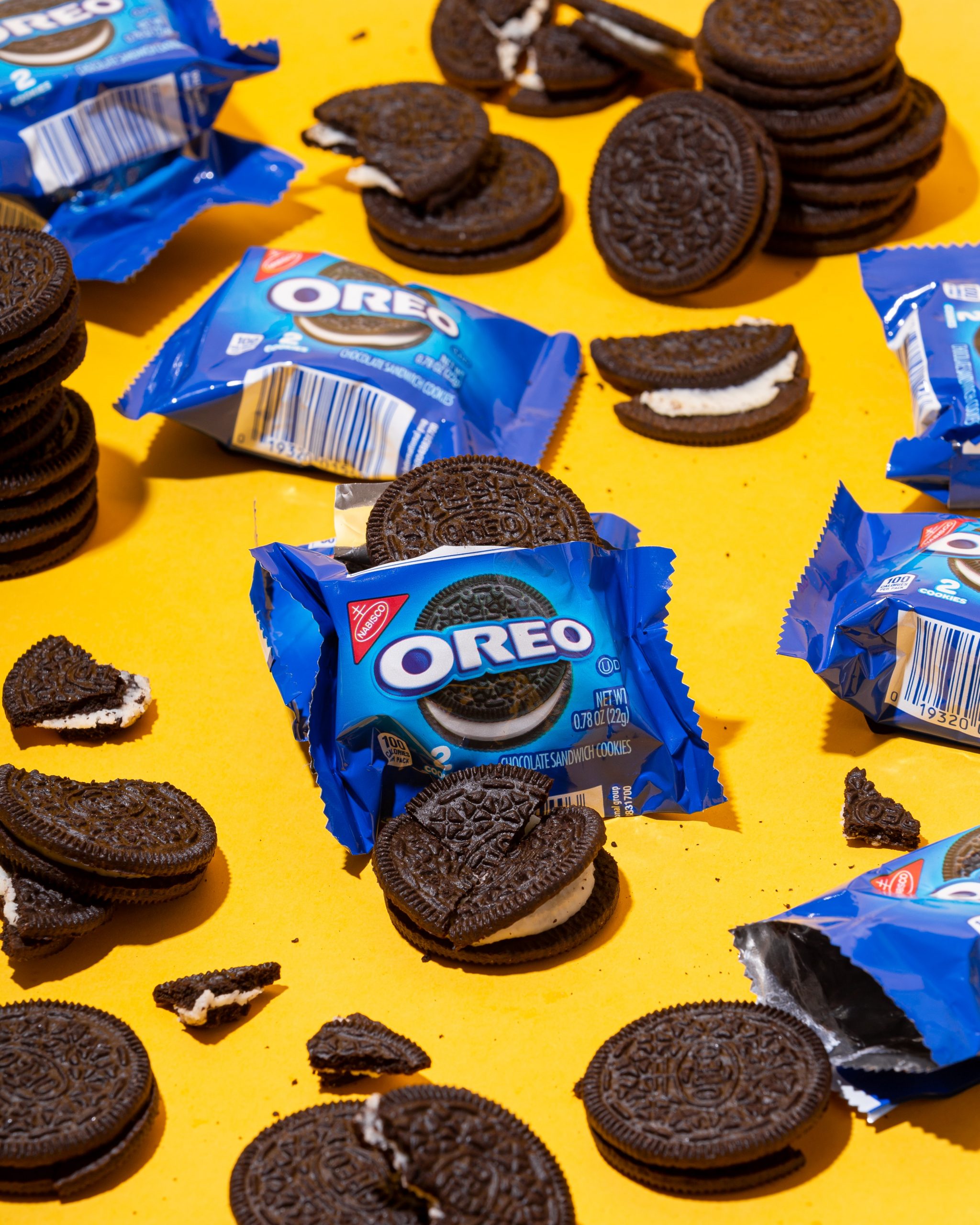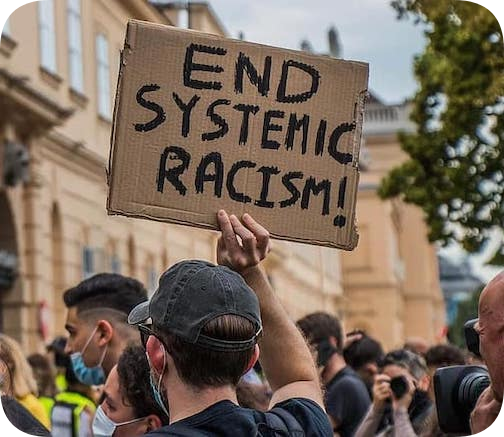U.S. Government stepping in to avert nationwide Railroad Strike

On Friday, December 2nd 2022, President Joe Biden signed into legislation to block a national U.S. railroad strike. A day earlier, the Senate voted in favor of the railroad management of agreeing to a contract that includes a 24% compounded pay increase over five years and five annual $1,000 lump-sum payments. The railroad unions were fighting to include a week’s worth of paid sick leave which was denied by the railroad management in favor of not disrupting railroad service and revenue.
The U.S. government was able to step-in the collective bargaining agreement between the railroad management and unions based on a 1926 Railway Labor Act and a 1917 U.S. Supreme Court decision with the main intent of avoiding disruptions to interstate commerce. Railroads haul about 40% of the country’s freight annually, and thus, the rationale for the federal intervention was to avoid exacerbating supply-chain roadblocks just before the winter holiday season. A strike from the railroad union workers could have had adverse consequences including:
- loss of economic activity up to $2 billion a day,
- massive layoffs in upstream and downstream firms related to the railroad industry,
- no delivery of chemicals like chlorine for water treatment plants, fertilizers for farms, food for animal farms,
- disruptions passenger freight services (e.g., AMTRAK long-distance train commute),
- decrease in inventory and increase in prices of goods unshipped since about 30% of all packaged food is moved by rail in the country
Discussion Questions:
- View this online video -“The History of Labor Unions” [20 min] Explain TWO takeaways you had from this video about the labor market and role of unions in the nation.
- Read the article: “The Ripple Effect of Union Strikes: A Case Study of the Micro- and Macroeconomic Effects of the General Motors Strike of 1998” to respond to the following questions
- In a 2-column table, list the Macroeconomic Effects of the strike in the 1st column; Microeconomic Effects, in the 2nd column. Compare this list with the bulleted points above, and discuss whether the impact of the impending U.S. Railroad strike of 2022 could be similar or different relative to the United Auto Workers (UAW) strike at General Motors of 1998.
- From Figure 1, draw a similar AD-AD Model graph depicting the impact of the U.S. Railroad Strike on the supply-chain market.
- From Figure 2, Compare the trends identified between General Motor’s Earnings Per Share and the nation’s GDP with the earnings for the railroad management (read the link), and discuss if management were providing a safe working environment for their workers.
- Given that the U.S. government stepped in favor of the Railroad management demands of not granting paid leave to its workers, discuss how will this government action serve as a “moral hazard” for the Railroad management for future negotiations with the Railroad unions? Do explain.
- Self-reflection: Indicate the career you are working towards. Will this occupation support unions or support management? Is worker representation in an organization important to you? Do explain.
Sources: NRLC: Bargaining Status FAQ – December 2022; CNBC: Rail union presidents: We will support those who support us now in the general election; NYMag: Why America’s Railroad Refuse to Give Their Workers Paid Leave; USNews: A Rail Strike Looms and Impact on US Economy Could Be Broad; YouTube: The History of Labor Unions; GM-UAW 1998 Strike: The Ripple Effect of Union Strikes: A Case Study; Moral Hazard: Moral Hazard: Definition, Meaning, Examples, and How to Manage; Unsplash: Photo of Yard in Northwest Denver, CO, USA.












